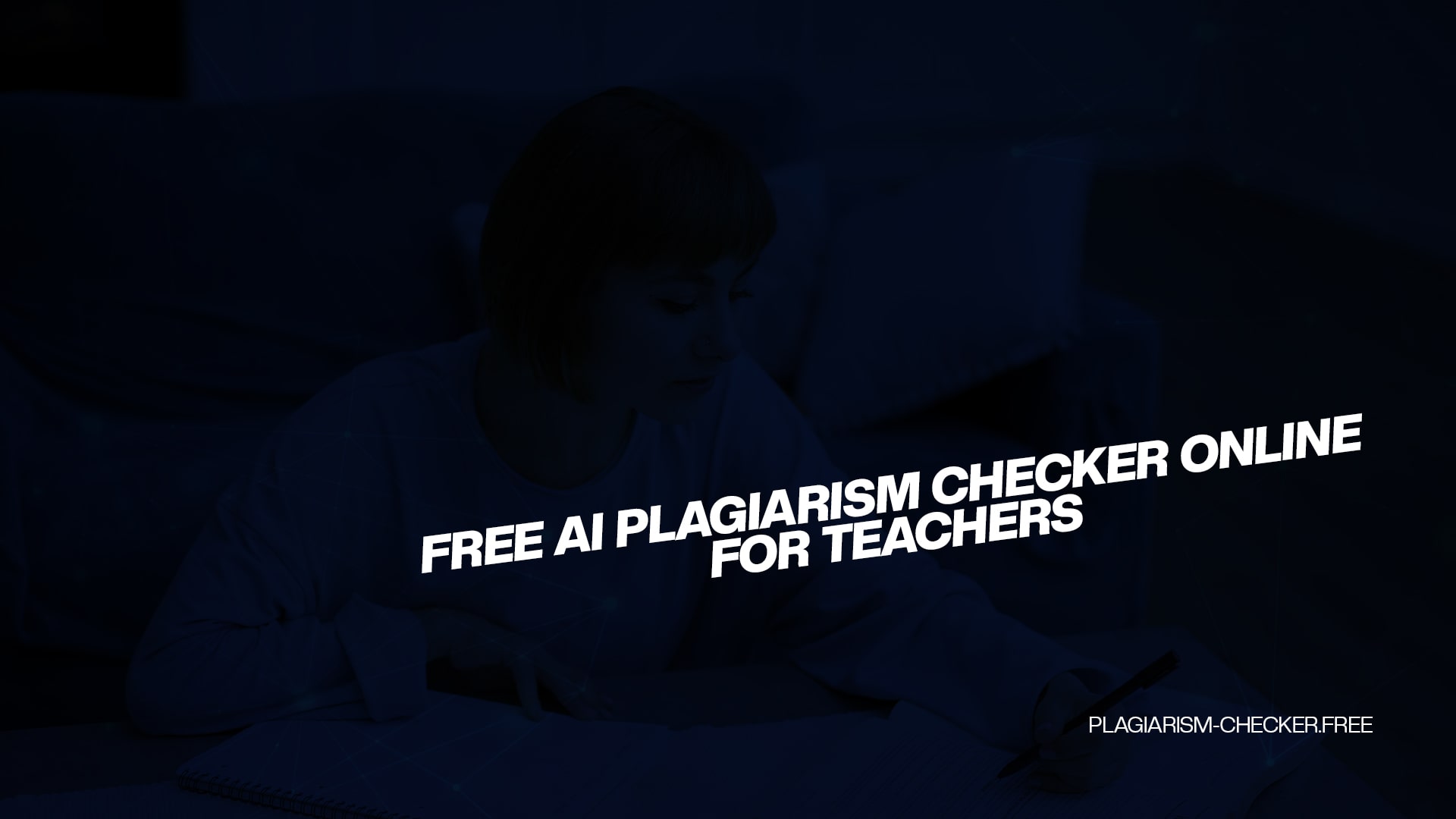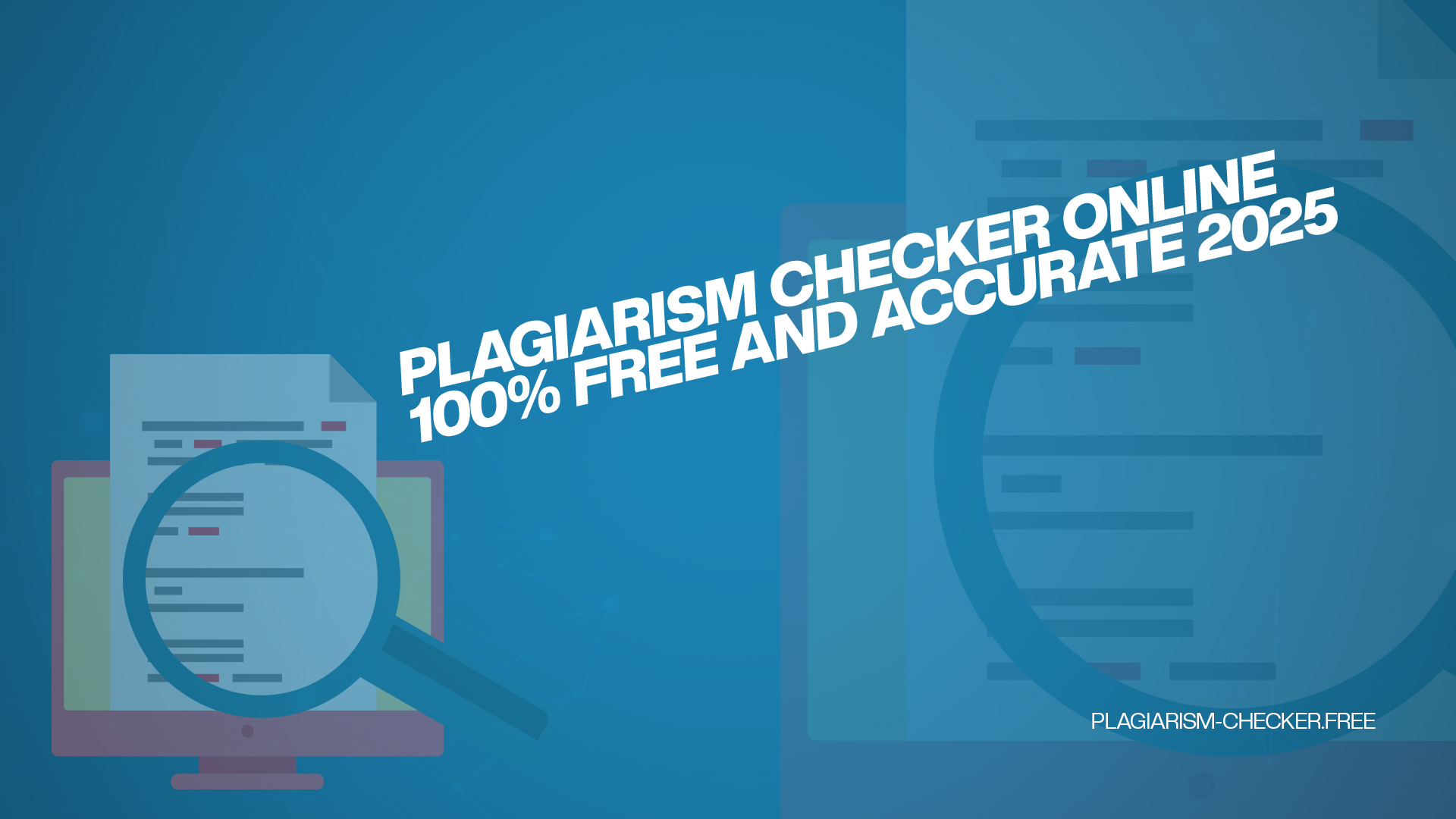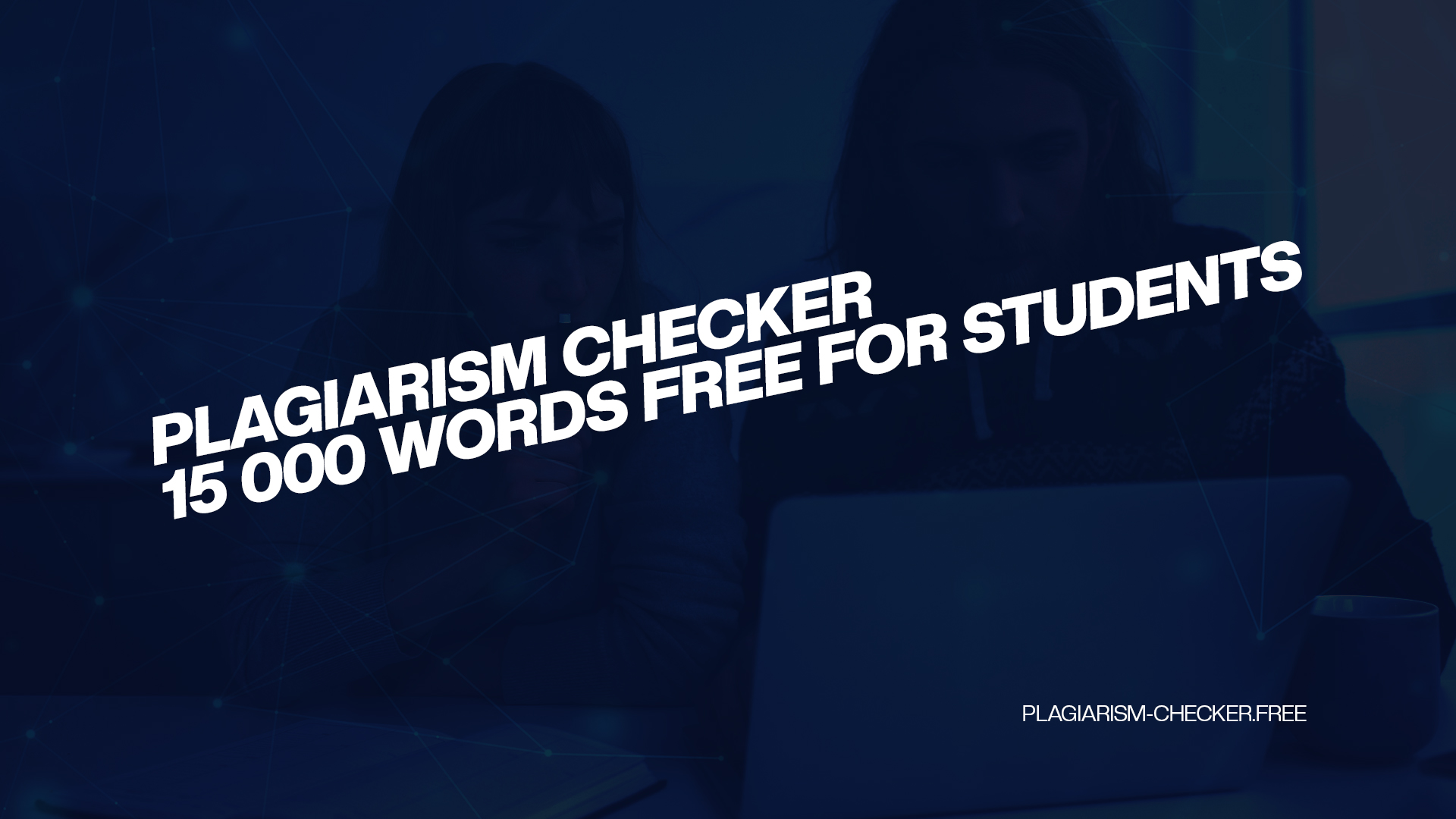
Free AI Plagiarism Checker Online for Teachers
Teachers face a major challenge — ensuring students submit original work. With information available at their fingertips, many students copy content from the internet, online essays, or even use AI tools. While some do it knowingly, others might not realize they are plagiarizing.
That’s why a free AI plagiarism checker is an essential tool for teachers. It helps ensure academic honesty and helps students learn the value of original work. These AI-powered tools are fast, accurate, and user-friendly. Most importantly, they save teachers a lot of time when checking multiple assignments.
This article will guide you through everything you need to know about using a plagiarism checker, especially as a teacher. You’ll learn how it works, its benefits, features to look for, and how it can enhance classroom integrity.
Understanding Plagiarism in the Classroom
What is Plagiarism?
Plagiarism is the act of copying someone else’s work or ideas and presenting them as your own without giving credit. It can include:
-
Copy-pasting from a website
-
Using parts of someone else's writing without quotation marks or citations
-
Paraphrasing too closely to the original text
-
Submitting another student’s work
-
Using AI-generated essays without disclosure
Why Students Plagiarize
There are several reasons students may plagiarize:
-
Lack of time
-
Pressure to get good grades
-
Poor understanding of referencing rules
-
Lack of confidence in their writing skills
-
Temptation to use quick online AI tools
As a teacher, identifying plagiarism early can help students correct their behavior and improve their writing abilities.
Role of AI in Plagiarism Detection
What is an AI Plagiarism Checker?
An AI plagiarism checker uses artificial intelligence to scan and compare a document against billions of online sources, academic papers, and content databases. It identifies similarities, copied text, or rephrased content that may be unoriginal.
Unlike basic plagiarism checkers, an AI-powered plagiarism checker is more advanced. It can detect subtle rewriting, synonym changes, or paraphrased content that older tools might miss.
How AI Makes Detection Smarter
AI-based tools work smarter by:
-
Using deep learning and natural language processing (NLP)
-
Understanding sentence structures and hidden patterns
-
Detecting AI-generated content
-
Providing detailed similarity reports
-
Highlighting suspicious text in real-time
For teachers, this means getting a reliable overview of the originality of a student’s work without manually checking each sentence.
Benefits of Using Free AI Plagiarism Checkers for Teachers
Here are some top benefits of using a plagiarism checker in your daily teaching routine:
1. Time-Saving
Checking every assignment manually is impossible, especially with large classes. An AI plagiarism checker scans content within seconds and provides instant results.
2. Promotes Academic Honesty
When students know their work will be checked, they are more likely to submit original work. This creates a fair and honest learning environment.
3. Easy to Use
Most plagiarism checkers are designed for non-technical users. Paste the text or upload the document, and the results appear instantly.
4. Accurate and Reliable
AI-based checkers compare content against an enormous range of sources, including the internet, online databases, journals, and even AI-generated text.
5. Helps in Student Feedback
With plagiarism reports, teachers can show students which parts of their work were flagged, making it easier to guide them on proper referencing and writing techniques.
Key Features Teachers Should Look For
When choosing a free AI plagiarism checker, teachers should look for features that make it easy, accurate, and efficient. Here are some essential ones:
1. Deep Search Capability
The tool should be able to search beyond surface-level phrases and catch paraphrased or AI-rewritten content.
2. Highlighted Reports
A good tool highlights the plagiarized parts in color and shows the source links for easy review.
3. Multiple File Format Support
Teachers often receive assignments in DOCX, PDF, or TXT formats. The checker should support these uploads.
4. AI-Generated Content Detection
Since many students now use ChatGPT or similar AI tools, detecting AI-generated content is becoming critical.
5. Free to Use
Cost can be a barrier. A truly free plagiarism checker that provides accurate results without charging is ideal for schools and teachers.
6. No Login or Registration
Tools that work without asking for sign-ups are faster and more convenient, especially when used regularly.
Step-by-Step Guide on Using a Plagiarism Checker
Here’s a simple step-by-step process on how teachers can use a plagiarism checker:
Step 1: Copy or Upload the Student's Work
Paste the text directly or upload the file (PDF, DOCX, etc.).
Step 2: Start the Scan
Click on “Check Plagiarism” to begin scanning. The tool will compare the text with billions of sources.
Step 3: Review the Report
Wait a few seconds to see the similarity percentage, matched sources, and highlighted plagiarized content.
Step 4: Download or Share Results
Download the report for records or share it with the student for feedback.
Step 5: Give Constructive Feedback
Use the report to explain to students what went wrong and how they can improve.
Real Classroom Scenarios
Case Study 1: High School Teacher Detects Rewritten Essay
Ms. Sana, a high school English teacher, noticed that several students submitted essays that sounded too “perfect.” She used a free AI plagiarism checker and found that the essays were copied and reworded using online AI tools. The checker flagged the similarities, and she guided her students on how to write and cite properly.
Case Study 2: University Professor Avoids Manual Checking
Prof. Ahmed handles 150+ assignments every semester. With the help of an AI plagiarism checker, he now spends less time checking each paper and more time giving quality feedback to students. The AI tool highlights potential issues, allowing him to focus on evaluating student understanding rather than tracking copied content.
Using Plagiarism Checkers as a Teaching Tool
A plagiarism checker doesn’t just prevent cheating — it can also be a teaching aid. Here's how:
Encourage Students to Self-Check
Let students check their own assignments before submission. This helps them identify and fix mistakes early.
Teach Referencing Skills
Use flagged sections as examples to teach students how to cite sources properly.
Build Writing Confidence
Show students how original writing boosts creativity, confidence, and better learning outcomes.
How Plagiarism Checker Supports Curriculum Goals
Plagiarism detection tools support multiple academic goals:
-
Enhances writing and research skills
-
Encourages ethical academic behavior
-
Builds discipline and accountability
-
Supports academic integrity policies
-
Prepares students for higher education and professional writing
By incorporating such tools into the curriculum, teachers help develop responsible learners.
Challenges Teachers Face Without a Plagiarism Checker
If teachers don’t use any plagiarism detection tool, they often face issues like:
-
Difficulty catching smart paraphrasing
-
Time lost reading and manually comparing texts
-
Increased chances of unfair grading
-
The risk of students developing dishonest habits
-
Inability to handle a large volume of assignments quickly
Free AI plagiarism checkers solve these issues efficiently.
Is AI Plagiarism Checker Safe and Confidential?
A common concern for teachers is data privacy. Most AI plagiarism checkers do not save or publish scanned documents. Look for tools that:
-
Guarantee no content storage
-
Do not require login details
-
Encrypt user data
-
Provide a privacy policy
A tool like Plagiarism-Checker ensures that both teacher and student data remain confidential.
Helping Students Avoid Plagiarism
Here are some tips teachers can share with students to help avoid plagiarism:
-
Understand what plagiarism is
-
Always cite your sources
-
Don’t copy-paste from the internet
-
Use quotation marks when using direct text
-
Paraphrase properly — not just change words
-
Use tools like grammar checkers and AI plagiarism checkers to review work
These small habits go a long way in developing academic responsibility.
How Plagiarism-Checker Stands Out
Here are the reasons why teachers prefer using Plagiarism-Checker:
-
It’s completely free with no hidden charges
-
No need to sign up or register
-
Fast and accurate plagiarism detection
-
Highlights plagiarized text and provides matching sources
-
Supports multiple file formats
-
Designed for both desktop and mobile devices
-
Detects AI-written content too
This makes Plagiarism-Checker a practical choice for teachers at all academic levels.
Best Practices for Teachers Using Plagiarism Detection Tools
To get the most out of a plagiarism checker, teachers should:
-
Make it a standard practice in assignment submissions
-
Encourage students to self-check first
-
Discuss plagiarism policies with every class
-
Use results as part of writing improvement programs
-
Track repeated offenses and provide support
-
Integrate the tool in writing-intensive subjects like English, Social Studies, and History
Conclusion: Empowering Teachers with the Right Tools
A free AI plagiarism checker is more than just a tool — it’s a partner in ensuring educational quality and honesty. With the right detection platform, teachers can save time, promote fair learning, and guide students toward becoming original thinkers.
By using Plagiarism-Checker, educators don’t just catch copied content — they create better writers, stronger learners, and a more ethical classroom environment.



